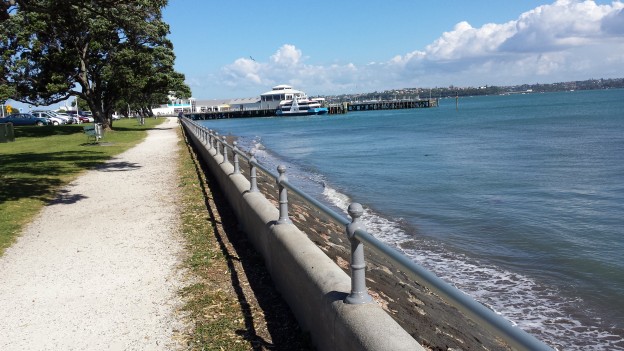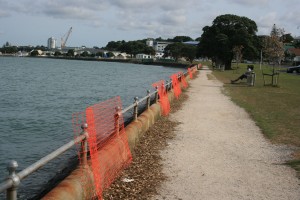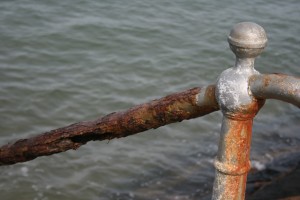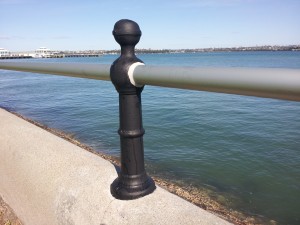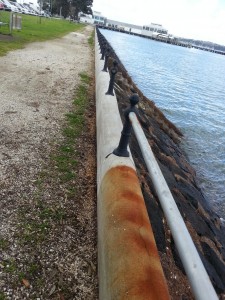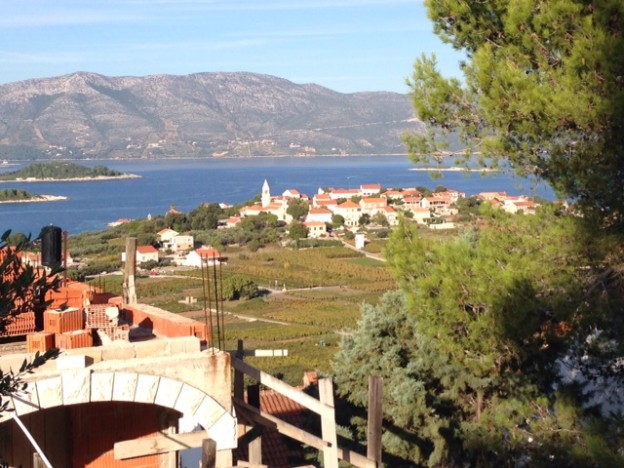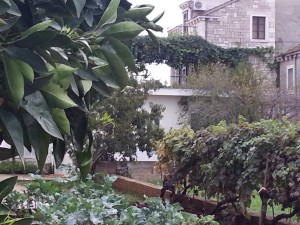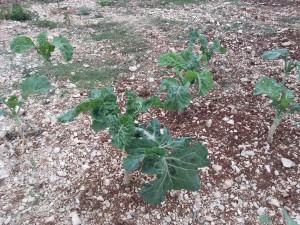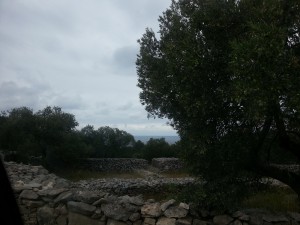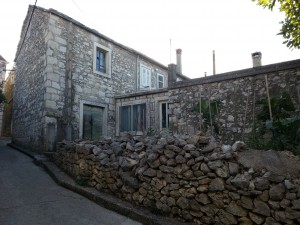Work commenced in September 2013 on repairing the railings and stanchions along the Queens Parade waterfront in Devonport. The works were authorised by the Auckland Council as part of the Devonport Transformation Plan. This is a beautiful area; it is treasured by the locals and visited by many overseas tourists as they stroll from the Devonport Wharf along to the Devonport Naval Base.
This area of coastline is very exposed to large amounts of sea spray from the ferries coming in and out of the terminal. The cast iron stanchions consequently had become very rusty, and the iron railings had completely corroded in some places creating safety and aesthetic issues.
The repair job involved removing all previous coatings from the stanchions. Rust coating treatment was applied followed by coats of a special rubber coating. The railings were replaced with 25 micron aluminium. This is a long lasting material which does not attract any rust.
The buttress walls were cleaned and water blasted removing all rust.
With ongoing maintenance, the stanchions and railings will continue to create a smart and tidy, authentic heritage look for Queens Parade in Devonport.



